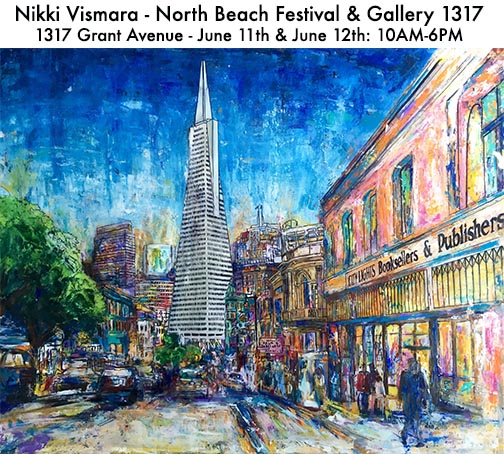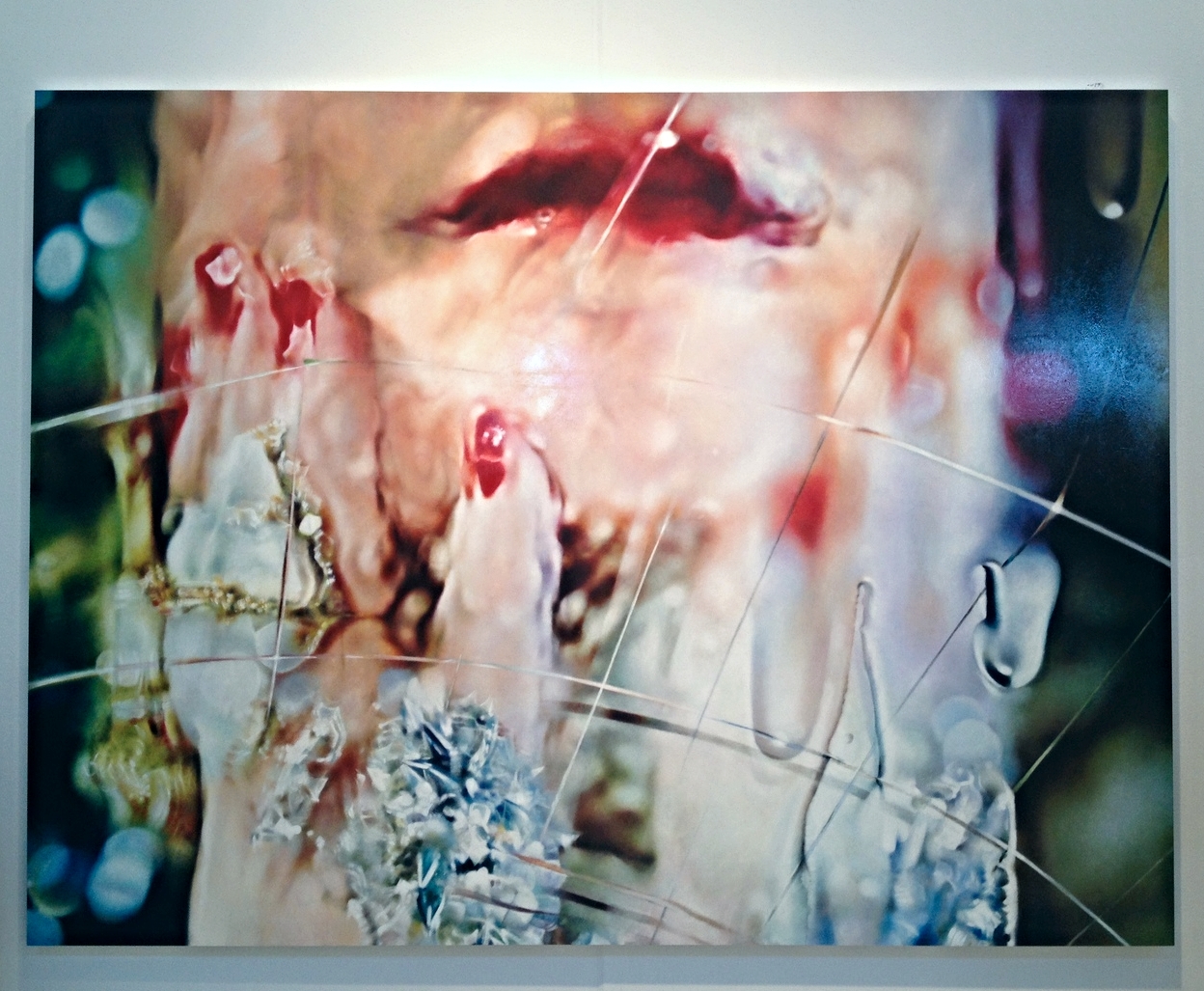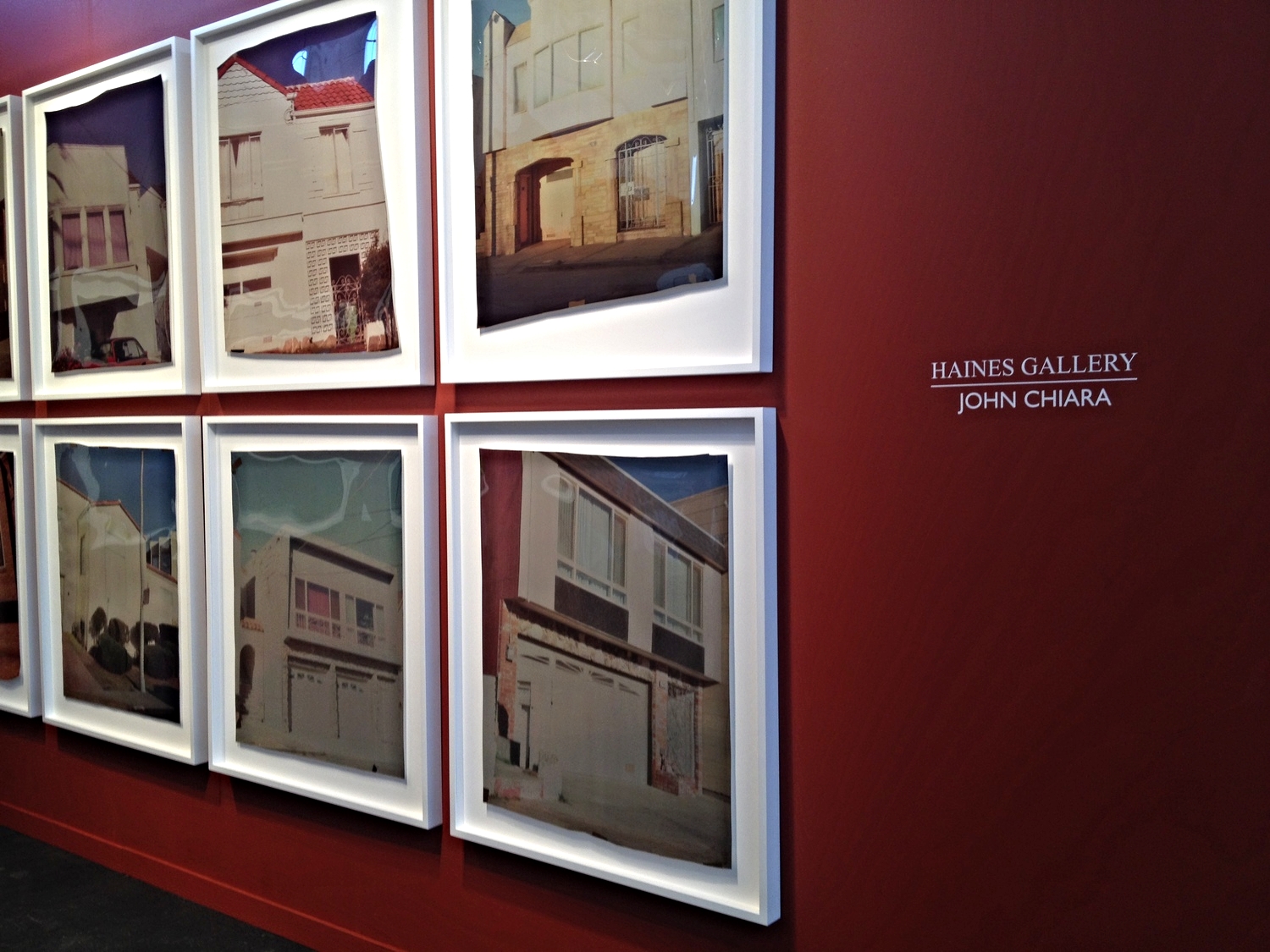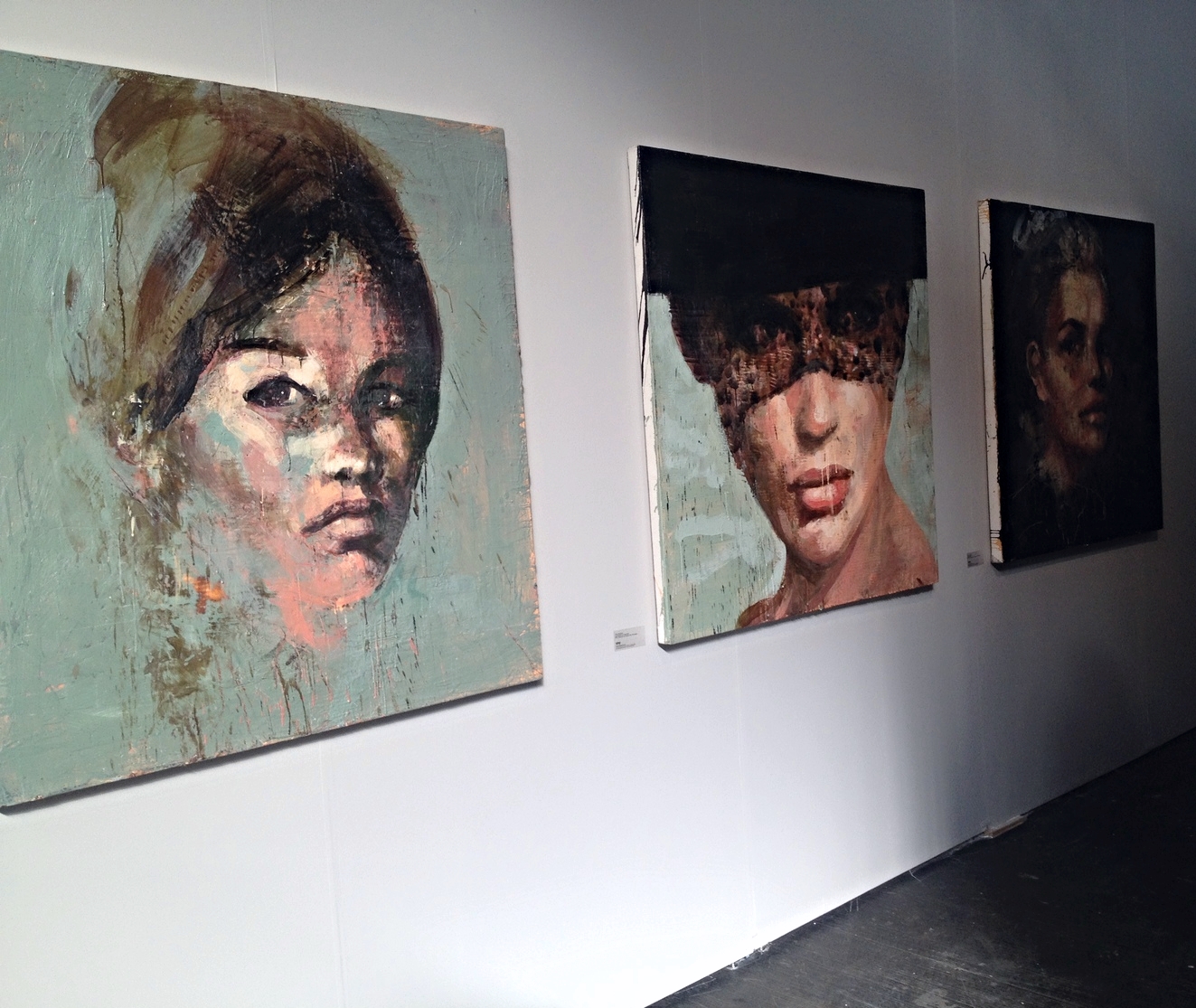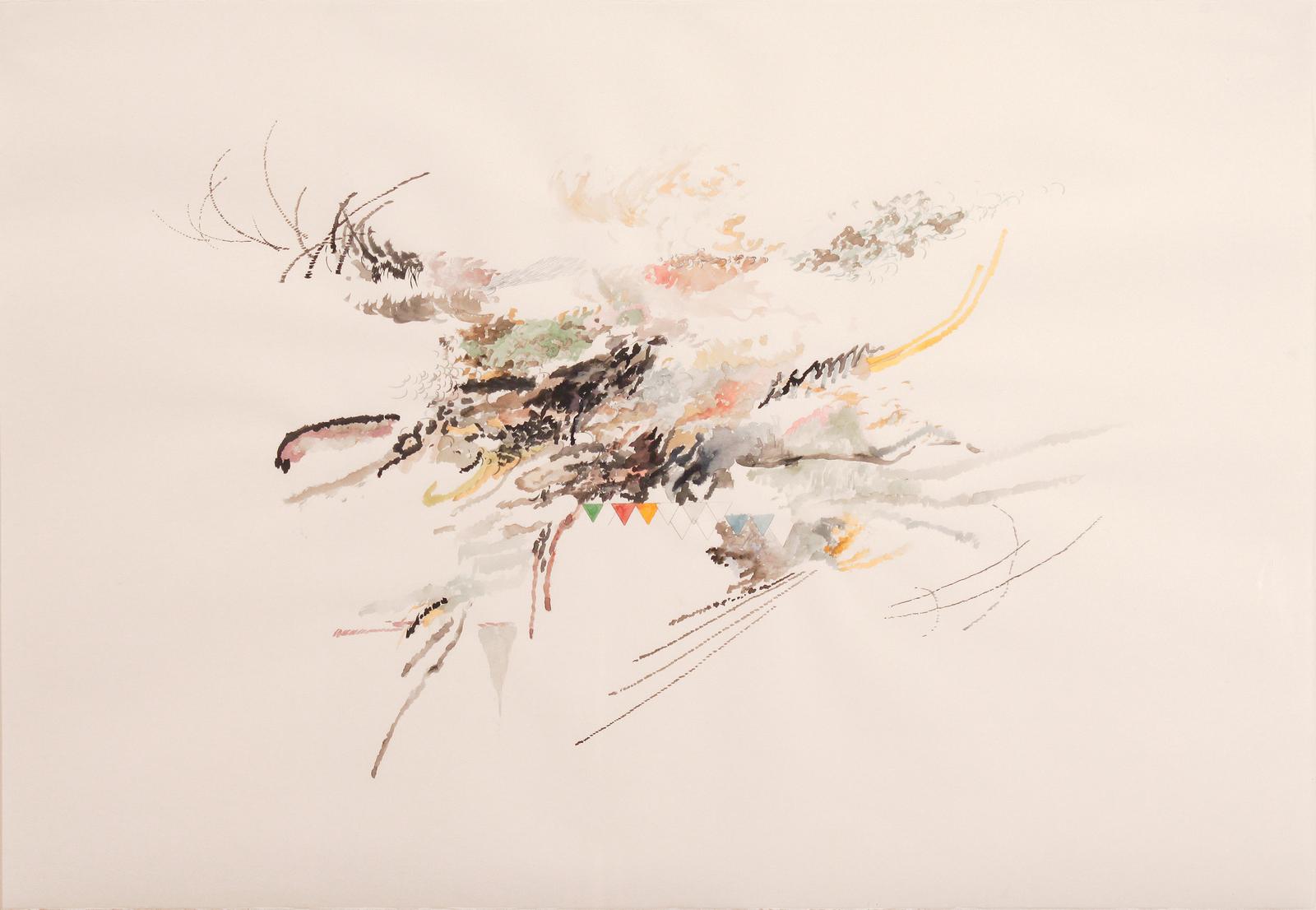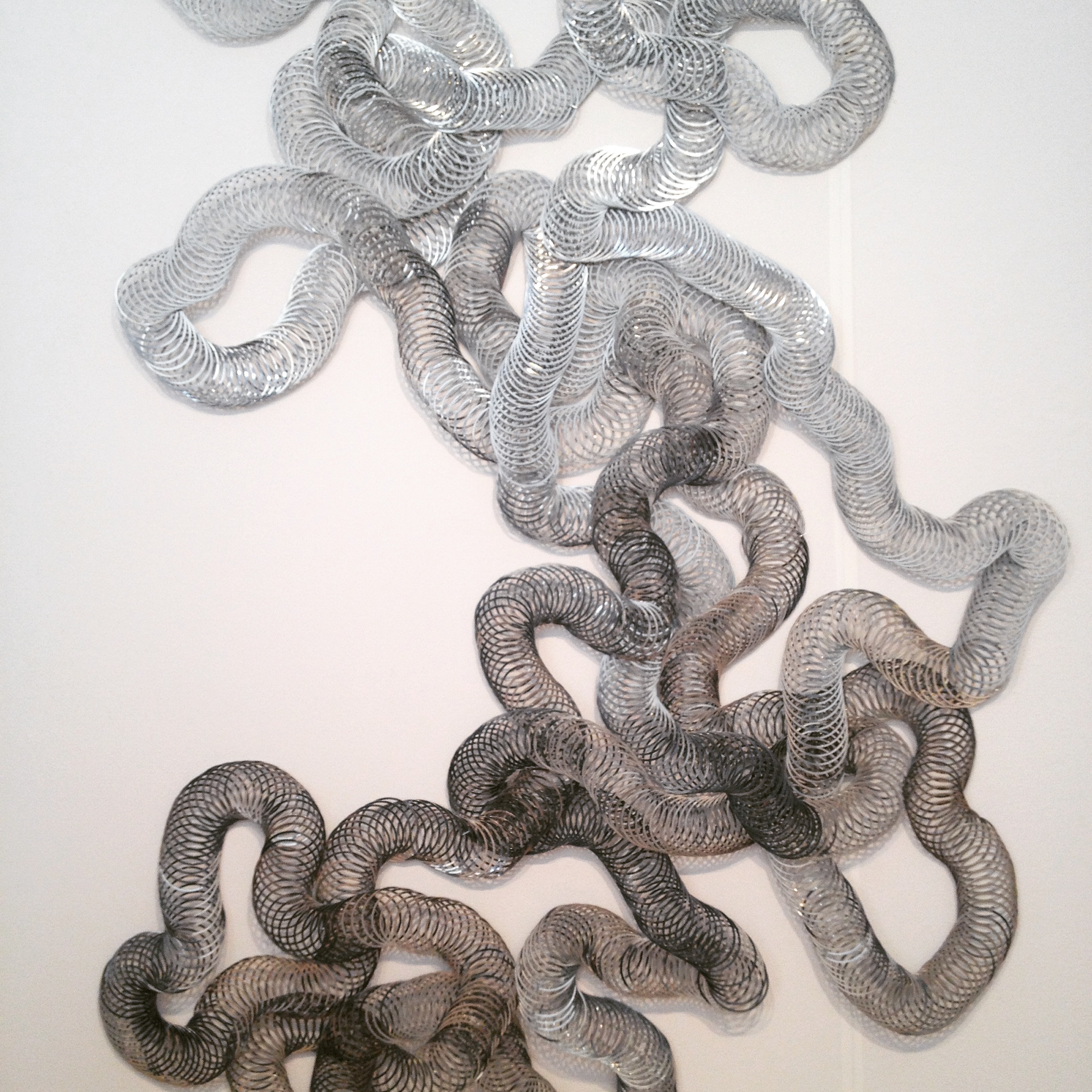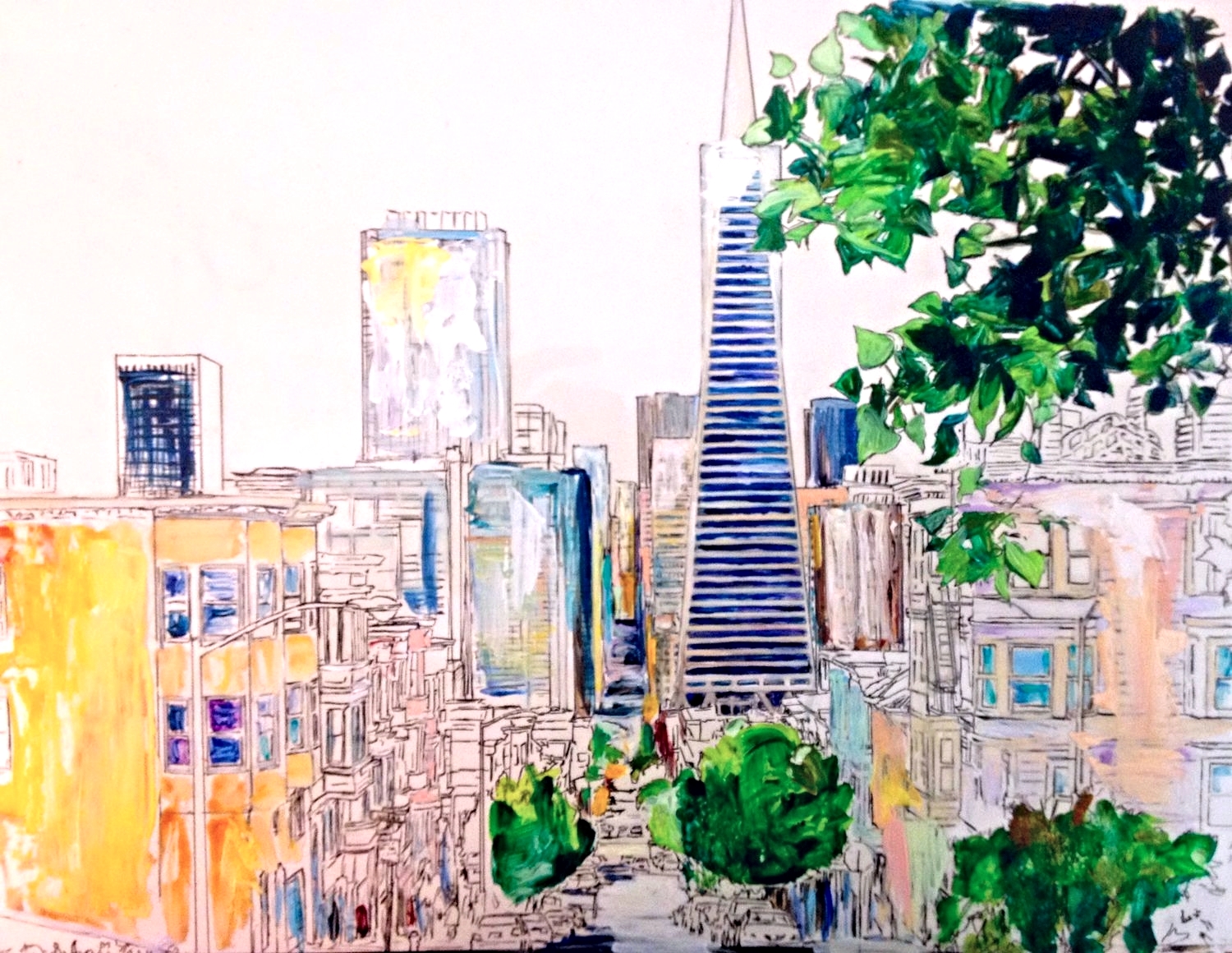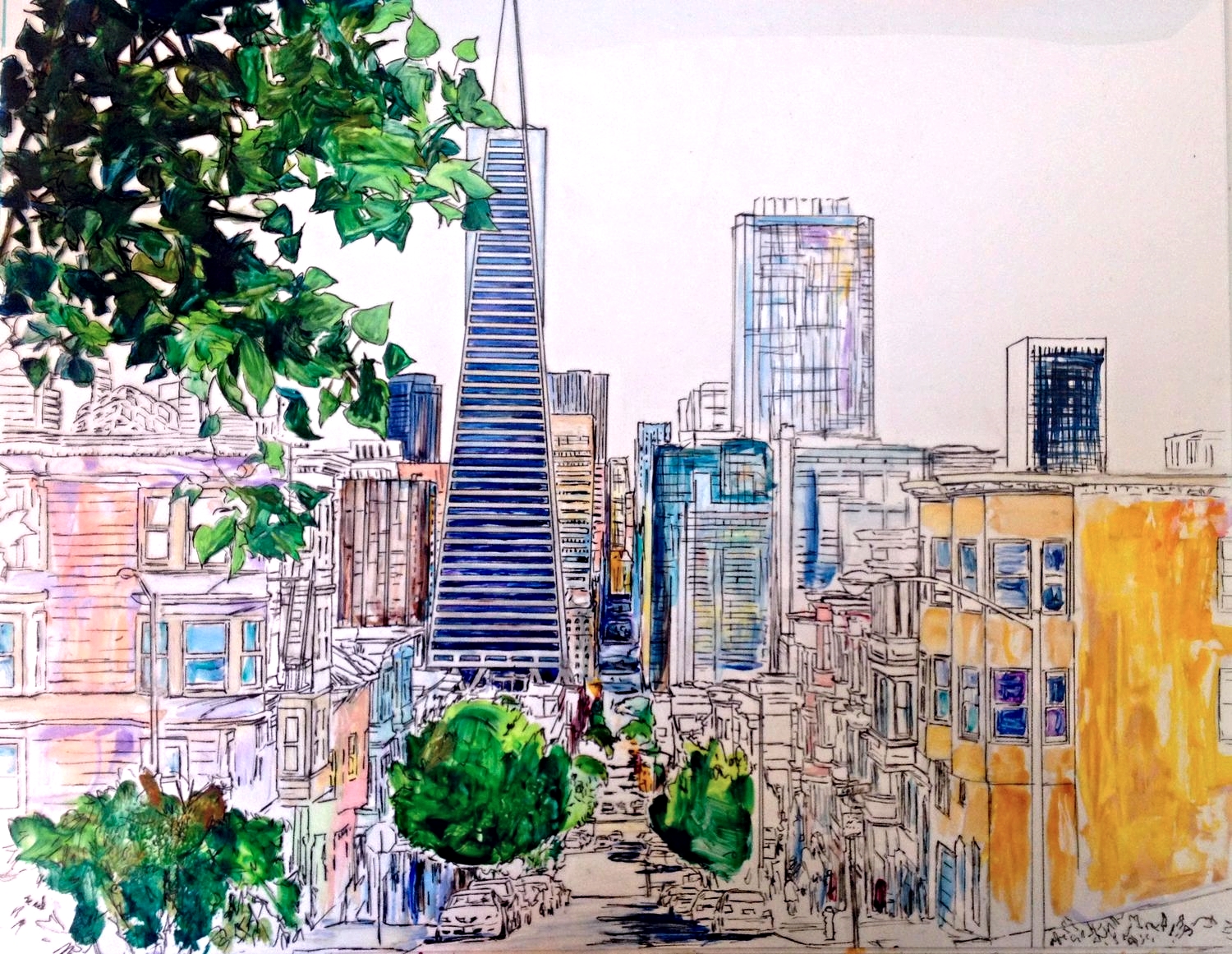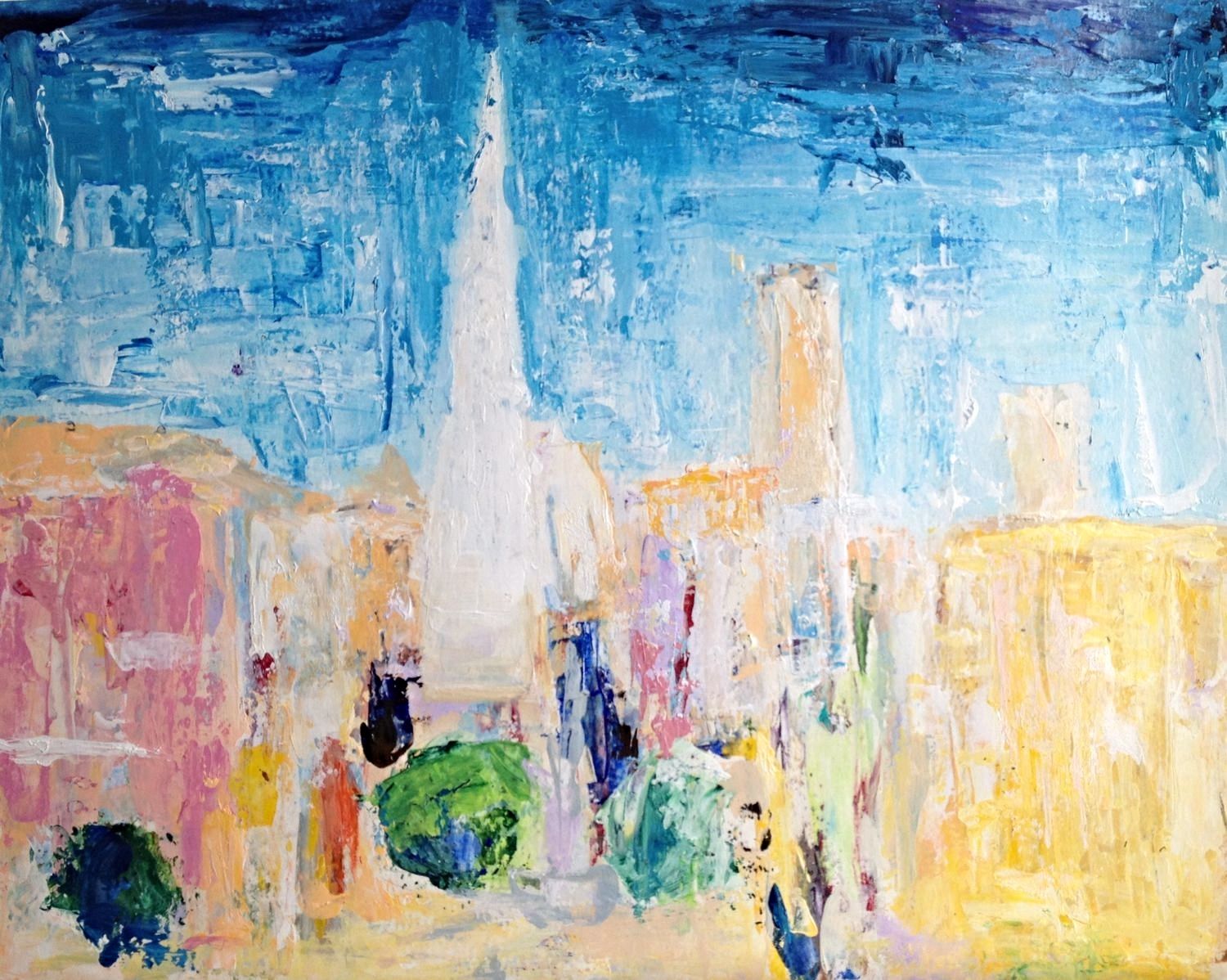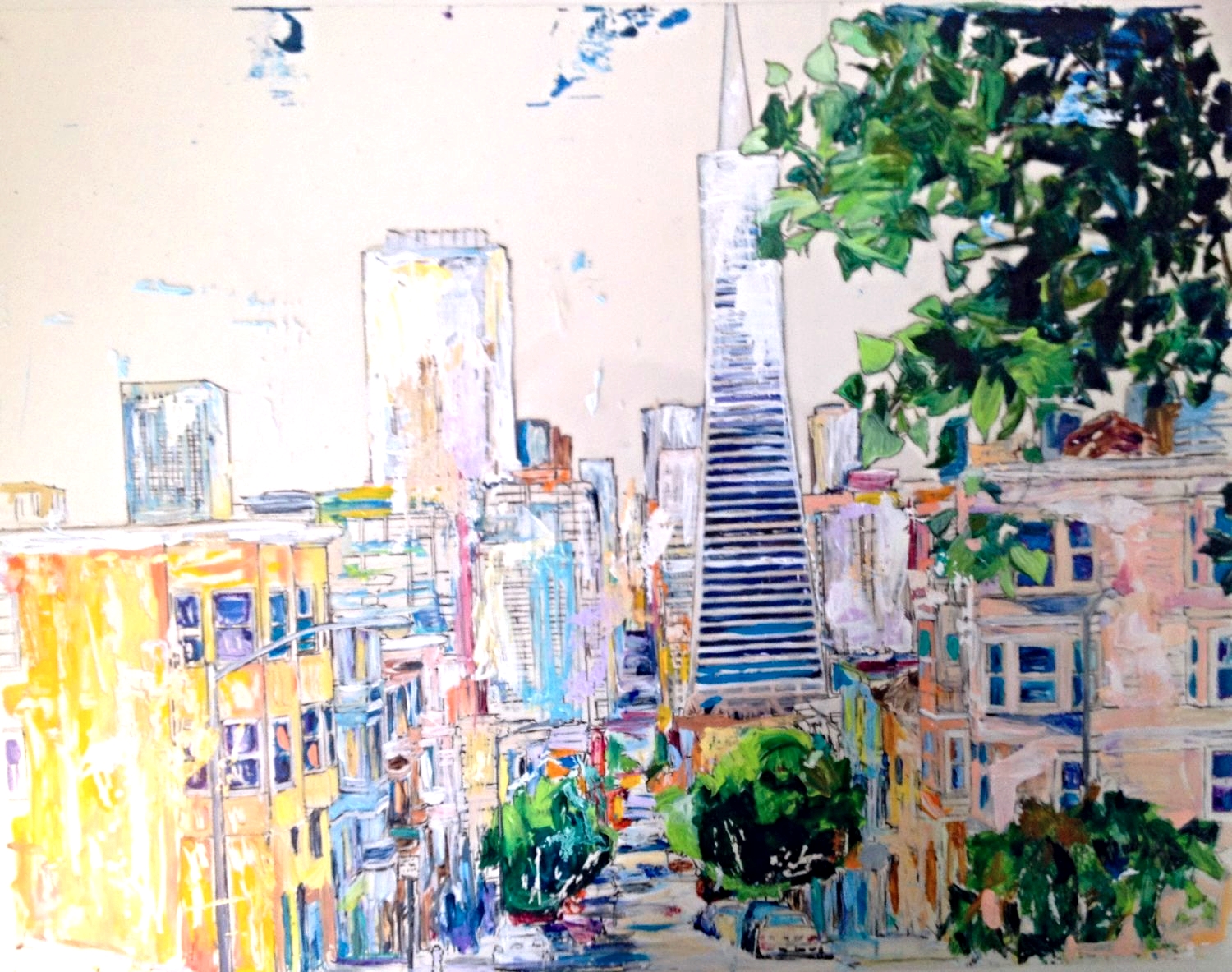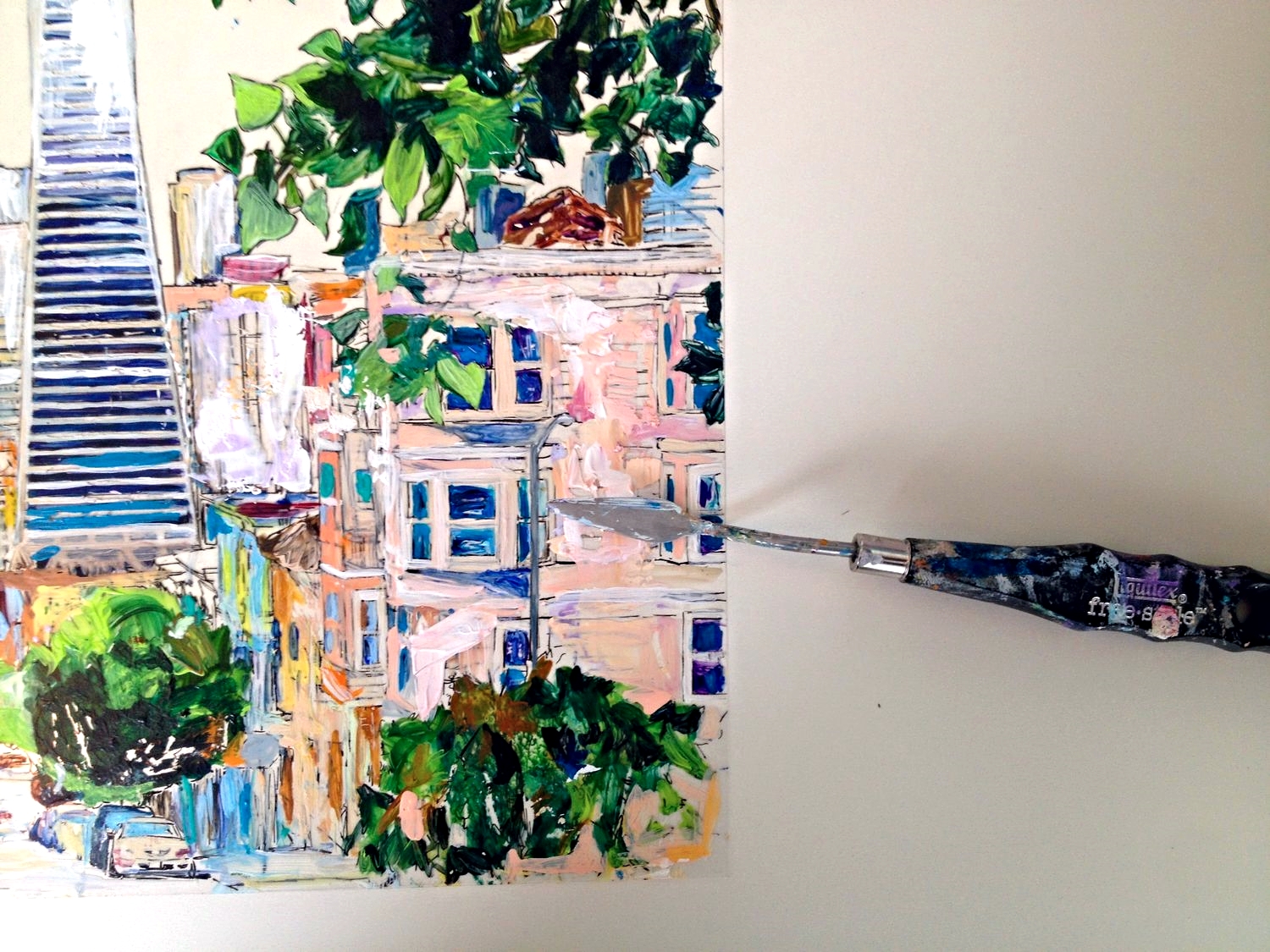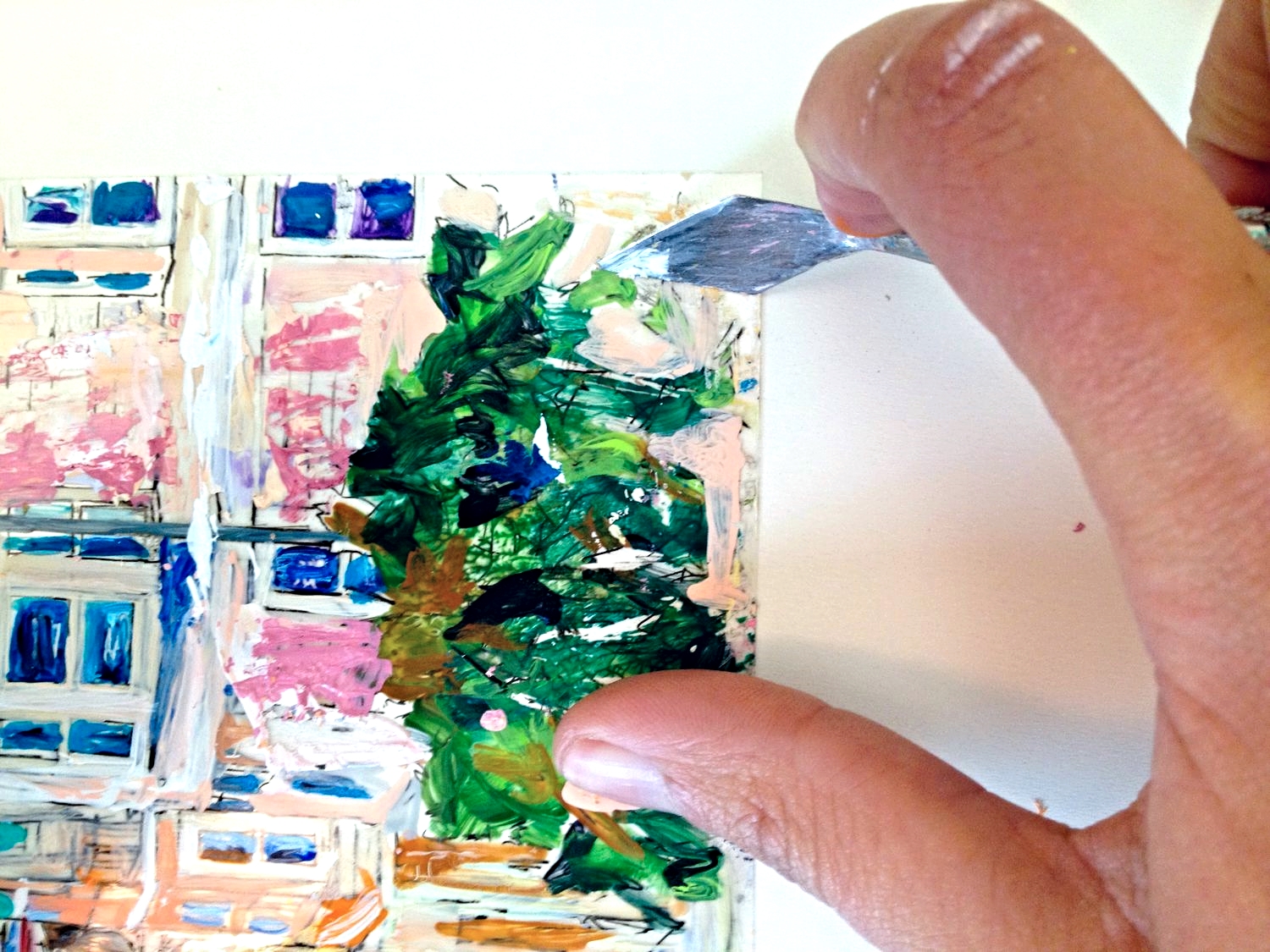What Is It Like To Be An Artist?
This is a question people ask me ALL the time. Actually, no. Not really. Not ever. But just in case you were going to ask me, here is a list of ten great things about being an artist, followed by ten no-so-great things.
10 Great Things About Being An Artist:
1. You make your own hours. You can go to a mall at 10AM on a Tuesday, eat lunch at 3PM, or stay up all night and finish work at 6AM.
2. You are all caught up on the Serial Podcast. As well as every other podcast. Also all of your friend’s Spotify playlists.
3. No office dress code. You can wear whatever you want to your studio. Including your pajamas/yoga clothes/fleece lined super baggy comfortable-as-hell track pants to work.
4. You don’t stare at a computer all day.
5. You don’t have to sit all day. You get to stand while you work. You can even take a break whenever you want.
6. No gossipy coworkers or office politics.
7. No bad managers. If fact, no managers. You are the boss.
8. Showering every day is optional.
9. You sometimes get big paychecks.
10. You can be grumpy all day long.
10 Not-So-Great Things About Being An Artist:
1. The money. You don’t have steady income when you first start out or maybe even five years down the line. Maybe ten years. You might get a big fat paycheck but it might only come once every three months. It takes a long time to build up your career.
2. You secretly hate telling strangers what you do. You fear everyone thinks you drink all day à la Bukowski and rarely work. We do no have a reputation for working 16 hour days. I have had to build up the confidence to genuinely not be embarrassed or scared but PROUD to tell strangers that I am an artist. (Also, I think most people have anxiety about their job titles because we are so competitive and hard on ourselves. Truth is, nobody really gives a flying f**k about your title except you and your ego.)
3. You feel old. Like physically old. You find yourself asking your mother where she bought her knee high compression socks because your legs get really, really tired from standing all day. You also find yourself googling “homeopathic arthritis treatment” because the fingers in your right hand ache from drawing and painting all the time.
4. Mastering painting takes a long time. Malcolm Gladwell says 10,000 hours to master any craft. I think it’s more like 20,000.
5. Painting is the easy part. Learning how to speak and write about your work, market your product (your artwork), sell your product (your paintings), retain existing clients, and get future clients is the not so easy part. These things are commonly called “running a business.” Yes, you are an artist, but you are also a small business owner. I am learning all of this now. I don't like it. I would rather paint all day.
6. Everyone says WOW that’s great - you get to do what you love. Yes, it is. (Although I think anyone can figure out what they love to do and make a career out of it. Seriously. Read this guy if you don’t believe me.) At the end of the day, however, it is still a job and I am still running a business. I don’t always feel like working. I was sick last week. I wanted to stay in bed and watch Homeland. I could have, and I definitely did work less. But just like everyone else, if I don’t work, I don’t have money. I also realized this week that painting is something that is really hard to do if your brain feels like mush because of a lousy cold / sore throat / cough.
7. Being an artist is isolating. You better like being alone because are alone A LOT. You don’t talk to anyone while you are at your studio painting for ten hours. But you can't be too much of an introverted weirdo, otherwise you will never be able to talk about and sell any artwork.
8. Price of artwork = direct correlation to number of hours it took to paint it. Strangers have no qualms asking how much the painting is immediately followed by how long did that take you. Never mind the fact that you spent six figures on art school, have 20 years experience building up your skills, and a lot of bad artwork to prove it. People want to pay an hourly rate for your work. My work would probably sell for a lot more if I did put an hourly rate on it, but only because I am a slow painter, obsess over every detail, and think about my work all the time.
9. You feel guilty when you are not painting. The painter Francis Bacon once said that the only thing he regretted in life was spending so much time drinking at bars. He did drink a lot, but he also produced a ton of work. I am convinced that no matter how famous and successful you are (or aren’t yet), all artists have this internal turmoil that they need to be painting ALL THE TIME. I have a really hard time watching T.V. and seeing movies because I always feel guilty like I am wasting time and I should be painting instead of sitting.
10. People think you have unlimited free time. Well, no you don't because you are running a business, designing the product, and also marketing it. I always wonder if strangers tell people who run startups that they should take etching classes or learn new methods like encaustic because they have so much free time.





